Distilling 101
What Is Neutral Spirit (Grain Neutral Spirit Explained)
When it comes to the distilling industry, there are various ways of achieving the desired level of alcohol content in your gin and vodka. One way of attaining this is through the addition of a neutral spirit.
Neutral spirit is odorless and flavorless alcohol. It adds a lot of convenience for spirit producers wanting to increase the yield of their alcohol without affecting the flavor of the product they’re making.
If you’ve been on the fence about using the spirit, or want to find out what it is, then this post is for you. We’ll discuss what a neutral spirit is, the types available on the market, and its uses.
Table of Contents
What Do We Mean By A Neutral Spirit
A neutral spirit is an alcohol (ethanol) that has been distilled multiple times to achieve a pure, bland, high alcohol percentage of 95-96% (190-192 proof). The spirit is also called a rectified spirit because the distillation process filters out any impurities in the wash.
The distinguishing characteristic of a neutral spirit is its undistinctive aroma and flavor. Grains such as wheat, barley, corn, or any high sugar crop can be used to make the decoction. It functions as a base for spirits like vodka and gin and increases the alcohol proof of the final product without altering its flavor.
Isn’t Vodka A Neutral Spirit?
Vodka is a neutral spirit. The Alcohol and Tobacco Tax and Trade Bureau (TTB) defines vodka as “Neutral spirits distilled or treated after distillation with charcoal or other materials so as to be without distinctive character, aroma, taste, or color.”
The only difference between neutral spirit and vodka is the alcohol content. When making vodka, water is added to the ethanol to decrease its alcohol volume to 40% ABV. Since we’ve already mentioned that neutral spirit is tasteless, additives boost the flavor of the vodka.
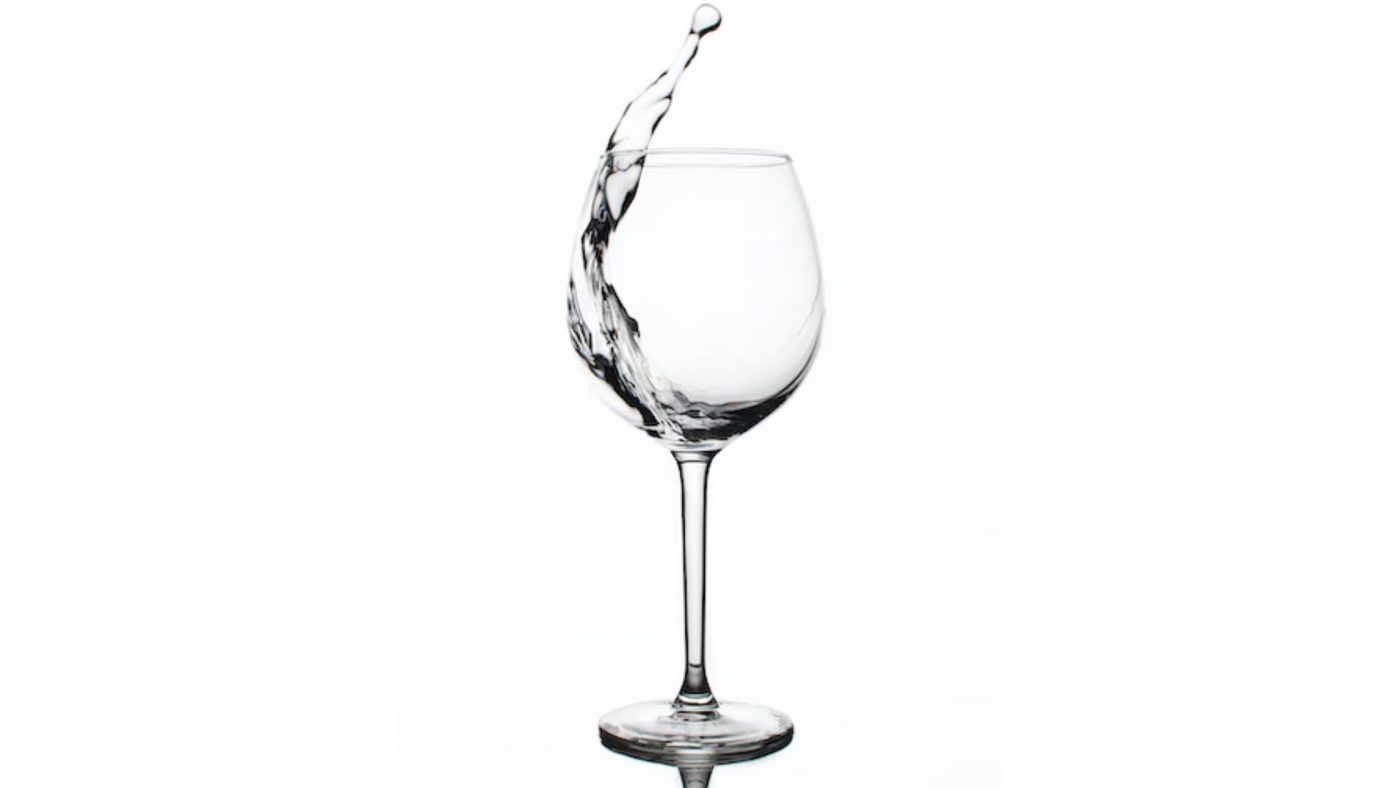
Is Gin a Neutral Spirit?
Gin uses (grain-based) neutral spirit as a base. To qualify as a gin, botanicals like juniper, seeds, and citrus are added to neutral spirit and it’s redistilled to extract the flavors of the botanicals. Here are two techniques used for pulling out the flavor.
Maceration
This is a method of extracting flavors from citrus, seeds, and berries by steeping them into a neutral spirit. First, the spirit is diluted to 45-50% ABV. Then the botanicals are added and left to infuse for 48 hours. The whole mix gets added to the still and as the ethanol vapors form, they carry the flavors through to the condenser.
Vapor Infusion
Vapor infusion is another fantastic way of extracting flavors. Distillers hang their botanicals in a basket on the neck of the still and the vapors rise up and draw out the flavors from the herbs and plants.
What Different Types Of Neutral Spirits Are There?
Neutral spirits are not all the same. They’re made from various ingredients, which makes them individually suited for producing different spirits. To better understand each of these, below is a detailed explanation.
1. Grain-based: Neutral Grain Spirit (NGS/GNS).
Grains such as wheat, barley, and corn are often used as feedstock when making a grain-based neutral spirit. Alcohol made from grains is gluten-free because the multiple distillation process removes allergy-triggering proteins. This spirit is ideal for producing white liquors and has low traces of impurities.
Its function is not only limited to increasing the alcohol volume. It’s also used as a solvent in food manufacturing industries.
2. Grape Based
A grape-based neutral spirit is also called vinous alcohol, grape alcohol, or wine alcohol. It’s made from the leftovers of grapes such as the skin, pulp, seed, and stem.
3. Molasses Based
Molasses-based alcohol is derived from refined sugarcane or sugar beets. Compared to other neutral spirits, it typically has a robust aroma, so producers of gin and vodka often shy away from it. If a complex and dimensionally flavored whiskey is what you’re after, a molasses-based spirit might work for your next project.
4. Potato Based
Potato-based alcohol is often used to make vodka. This is because it has a creamy texture which gives the final product a smooth finish. The good news is that potato spirit is also gluten-free. So, if you’re gluten intolerant, this works as a great addition when you’re making vodka at home.
5. Store Bought:
Some neutral spirit brands are available for private use at most retailers. A majority of these are best suited to making small batches of spirits and liqueurs. Here’s a list of the most common store-bought alcohols.
– Everclear
Everclear is a popular neutral spirit made from corn. It boasts an alcohol by volume (ABV) of 96%, and it’s produced by Luxco in St. Louis. Similar to other neutral spirits, it is not meant to be consumed straight and is ideal when conjuring some homemade cocktails.
– Gem Clear
Another player in the neutral spirit game is Gem Clear. It’s produced by Quality Control Distilling Co. in Kentucky, and also has 95% ABV. Similar to Everclear, it pairs well with other beverages suited for making cocktails.
– Graves Grain Alcohol
An alternative Gem Clear and Everclear shelf liquor is Graves grain alcohol. It blends well with citrusy juices for a more zesty cocktail.
How Are Neutral Spirits Made?
Making neutral spirits can be obtained through column distillation. This is because of the still’s ability to remove a lot of the impurities and flavor substances. Here’s an overview of how this spirit is made at a commercial level.
- First, grains are converted from starch to sugars by fermenting the grains, crops, or fruits. To kick start fermentation, yeast is added to the grains. Yeast helps break down the sugar and converts it to ethanol and carbon dioxide.
- The wash is left to ferment at temperatures of 18-22℃ (65-72℉).
- During fermentation, the wash achieves a high gravity, which allows for high alcohol by volume of low wine (the distillate).
- Once the wash has fermented, it’s distilled to increase the alcohol concentration to 96%. The wash undergoes multiple rounds of distillation.
- This process leaves behind a colorless, odorless liquid known as a neutral spirit.
What Are Neutral Spirits Used For?
Because of its scentless nature, neutral spirit is versatile and can be used for the following:
- To increase the yield of the gin and vodka.
- As a solvent for the production of food products such as vinegar and tinctures.
- Used in pharmaceutical products and the cosmetic industry.
What Can You Do With Neutral Spirits At Home
Having a bottle of neutral spirits at home can prove beneficial in several ways. If you enjoy making your own essence, you can use the spirit to extract the beneficial components of the raw material. Here are a few other things you can use neutral spirits for:
- As a base for making vodka and/or gin.
- To blend oils when making tinctures.
Health and Safety Considerations
When it comes to alcohol, there are always health and safety aspects to take into consideration. Since this spirit is essentially ethanol, here’s how to properly handle it:
- When marrying it with your homemade liquor, work in a well-ventilated area away from an open fire because it’s highly flammable. Working in a well-ventilated area reduces the risk of inhaling fumes that can cause nausea and headaches.
- Wear gloves when using ethanol because it can cause irritations when it comes in contact with the skin.
- Avoid consuming the spirit in large quantities because you can get alcohol poisoning and weakened motor skills.
Frequently Asked Questions
Q. What is considered a neutral spirit?
A neutral spirit is an alcohol with a volume of 96% ABV. This is not to be confused with denatured alcohol because denatured alcohol has other chemicals added to it to prevent individuals from consuming it. A neutral spirit is odorless and tasteless and serves as a base for producing spirits like vodka and gin. The addition of this alcohol increases the proof of the final product.
Q. What’s the difference between vodka and neutral spirits?
The most notable difference between neutral spirits and vodka is alcohol proof. Neutral spirits have an ABV of 96% (192 proof), and it’s often diluted with water to reduce the alcohol content to 40% (80 proof).
Q. What is neutral spirit used for?
A neutral spirit is used to increase the potency of your liquor (vodka or gin). You can also use it to make liqueurs and as a solvent when making tinctures. It’s also used for pharmaceutical and cosmetic purposes.
Conclusion
If increasing the yield of your gin and vodka is what you’re after, consider getting some neutral spirit. It’s not only limited to commercial use. You can use this odorless and flavorless spirit when producing your own alcohol without the hassle of altering the flavor of your final drink. Be mindful when using it because it can easily catch fire when used next to open fire, cause skin irritations when it comes in contact with the skin, and cause alcohol poisoning when consumed in large quantities.

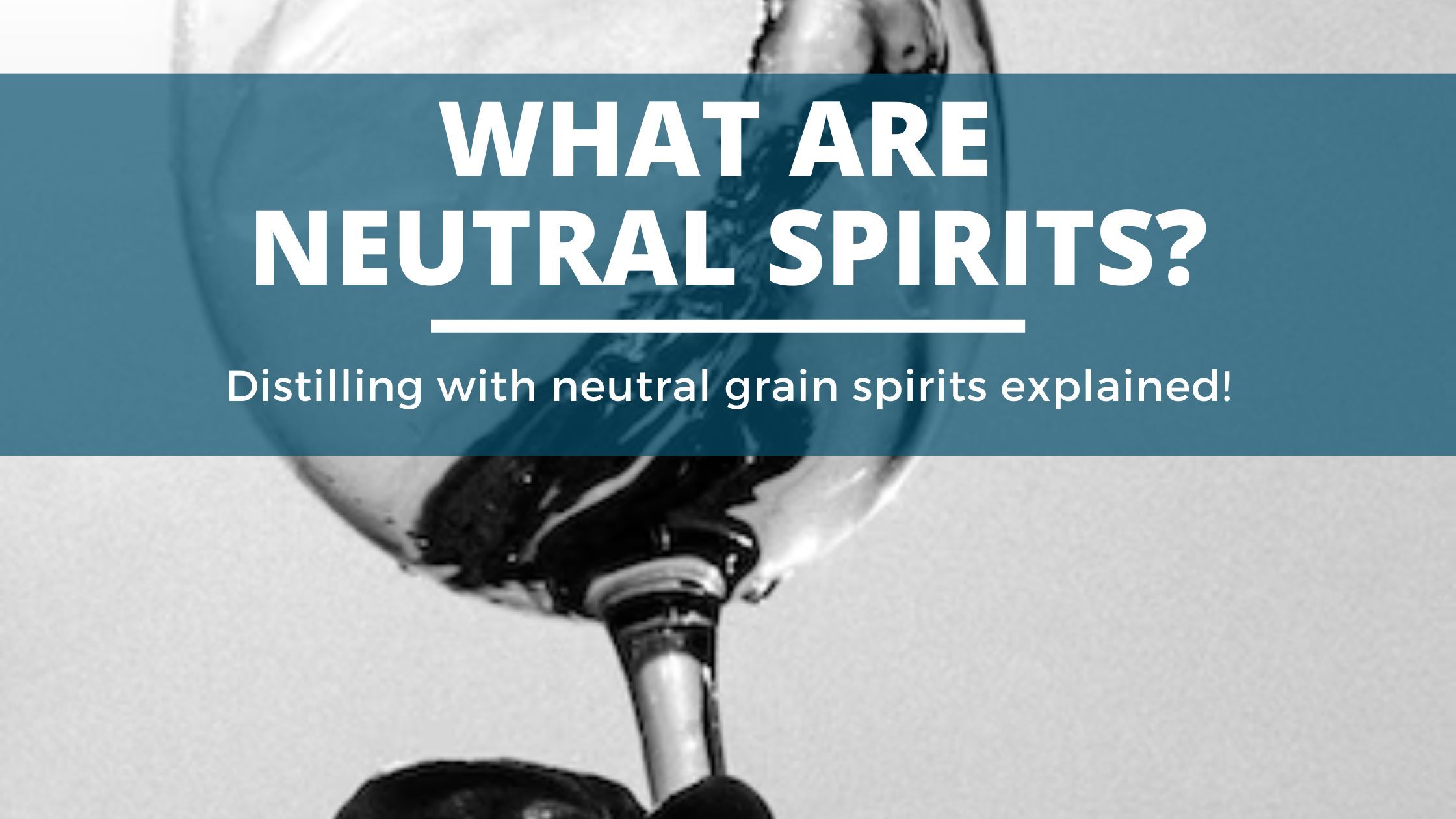
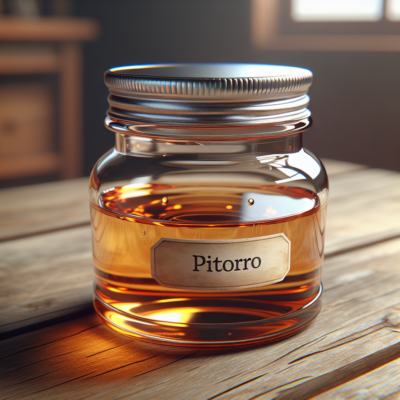


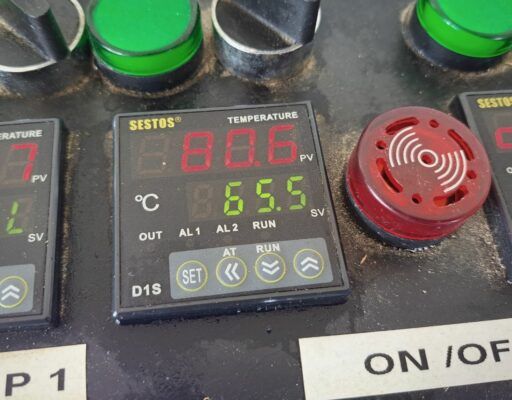
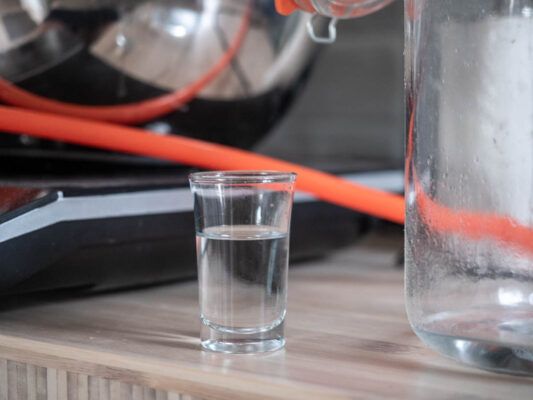

I’ve started consuming Quality House blended whiskey ( only contains 20% Kentucky whiskey). Should I be concerned about its blend with grain neutral spirits (80%)? Please reply as I don’t want to have health issues with this rather inexpensive product!
While I can’t give medical/health advice I personally wouldnt’t be at all worried about drinking neutral mixed with whiskey. In fact, the neutral will have far fewer impurities than the whiskey (less heads and tails), so if anything it would make the whiskey safer to drink! Note; the biggest health risk here is most likely the amount consumed. Any type of alcohol is harmful so always drink in moderation. Cheers.